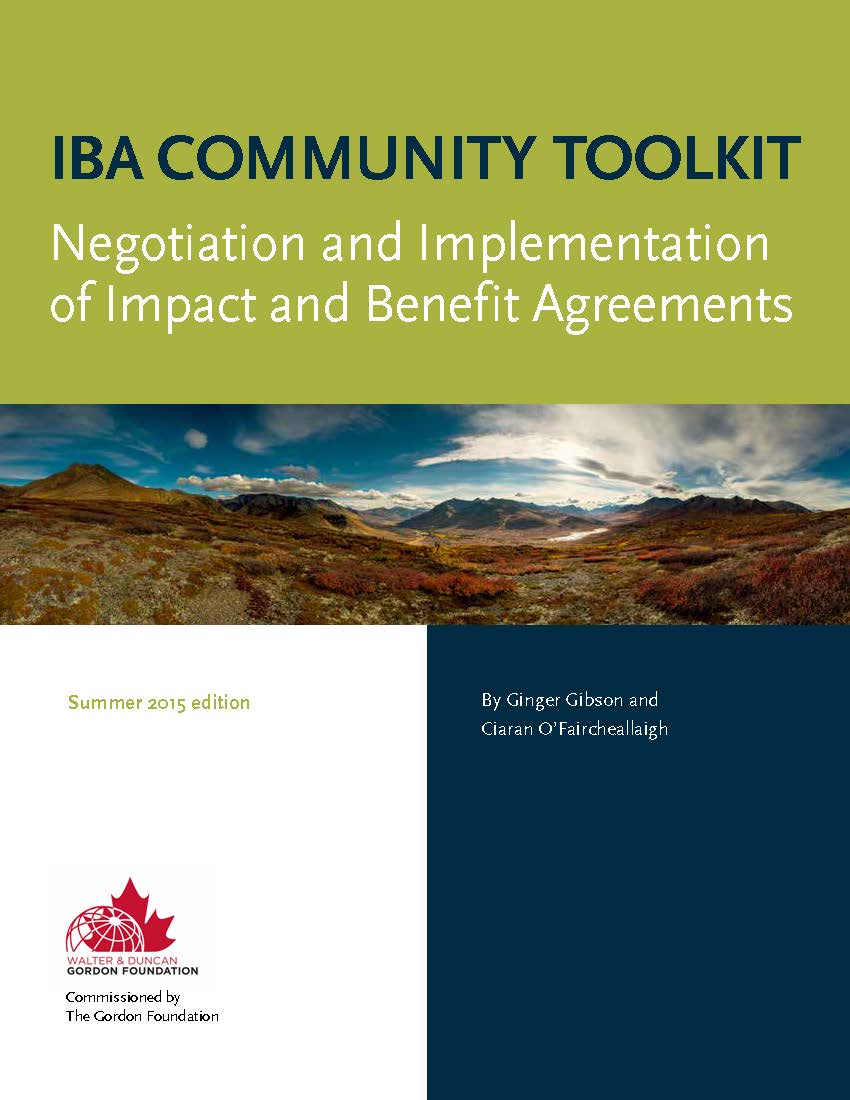Mapping of the Land Cover Changes in High Mountains of Western Carpathians between 1990–2018: Case Study of the Low Tatras National Park (Slovakia)
At present, the protection of nature and landscape in the high mountains of the Western Carpathians, protected as national parks, is becoming increasingly at the forefront of society’s interests in connection with the development of their economic use and the development of mass tourism. Our research was focused on analyzing the extent and character of land cover changes in the Low Tatras National Park in Slovakia over the last 30 years (1990–2018) using CORINE land cover (CLC) data. The period captures almost the entire existence of the Slovak Republic.



